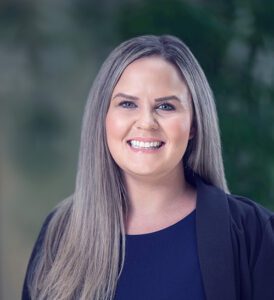Growing population, shrinking pool of orthopedists.

Like most surgical specialties, orthopedics is an intense, competitive and demanding field. Residency programs are tough, with only 717 different spots spread out between 163 programs.
Despite a 100 percent fill-rate in these residency programs, orthopedics is facing a massive shortage of providers.
By 2026, that deficit will increase 20.87 percent from orthopedist demand in 2013. The U.S. will need 5,050 full-time orthopedic surgeons to compensate for demand.
Specializing in your specialty.
Patient cases are increasingly complex. This complexity is driving the development of new, specialized procedures. Researchers found that the subspecialties with the greatest increase in demand are:
- Arthroplasty.
- Pediatrics.
- Shoulder and elbow.
These subspecialties are even harder to find and place, let alone hire full-time. A locum tenens orthopedic specialist can help fill your staffing gaps.
Who needs ortho the most?
Many of your patients will one day need an orthopedic doctor. As the age of your patient pool increases, so does the risk for falls and broken bones. Over the next 30 years, the elderly population will increase by 135 percent. Family Practice News projects elderly patients will receive 50 percent of all surgeries.
Spinal diseases and injuries are more likely to happen to those who are age 55+ as well. Osteoarthritis and Osteoporosis affect over 674 million people in the U.S. alone.
Investing in an orthopedic surgeon, notably one with a vital subspecialty, ensures the safety and care of your patients no matter what age they may be.
Sources: American Academy of Orthopedic Surgeons, Health Services Research, HSS Research Institute, International Osteoporosis Foundation, Medical School Headquarters, U.S. Department of Health and Human Services.


